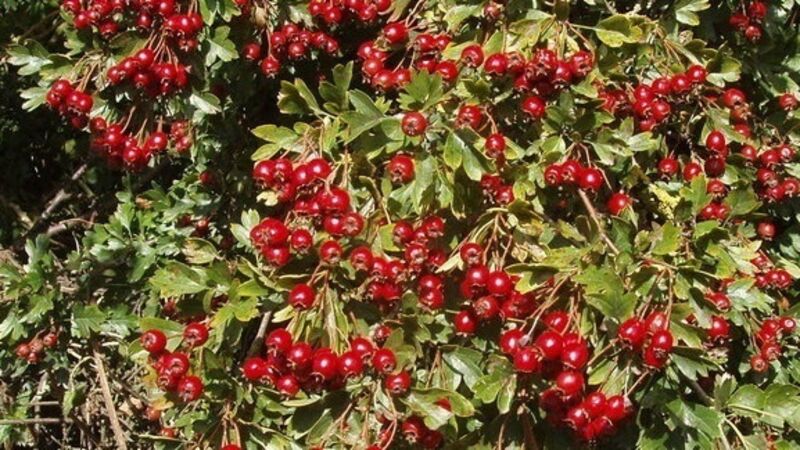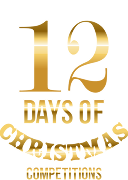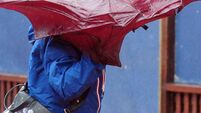In autumn the haw is the lord of our hedgerows

“Haw” was the old English word for hedge, so common were they. They remain common throughout Ireland and, indeed, many herbal remedy companies sell haw concoctions or concoctions containing haws as curatives, food supplements and as safe and effective treatments for the early stages of heart disease.
Haws are as rich in Vitamin C as rose hips, and far more plentiful. Their tangy taste derives from the tannin in which they are also rich. Many of my rural readers will have tried them when they were schoolchildren. Sweet, meaty haws were a treat enjoyed by country kids from generation to generation. The blackberries go, the haws come on, growing more floury in texture as they become swollen and fat. No wonder birds flock to the hawthorns and redwings and fieldfare fly from Scandinavia to survive the winter on Irish haws.
Hawthorn is native to the Northern Hemisphere, and grows in Europe, Asia and North America — there’s Canadian hawthorn and Chinese hawthorn. Everywhere it is associated with magic of some sort, probably because it has curative and culinary properties. Leaves, petals and berries can be eaten; for white settlers on some northern Canadian islands, it was the only source of winter food. Jellies and syrups are made from haws, and liquor and wine.
Crataegus monogyna, the variety of these islands, was associated with Druids. It blooms around May Day and May blossom bedecked licentious pagan revellers. After a winter spent in smelly leather and animal skins, what more pleasant perfume could there be than a sprig of white blossom strategically attached to the person when cavorting around the Standing Stones in the light of a Spring dawn? The thorns were removed, one imagines — otherwise the revellers would quickly be as blood-red as the fruits soon to burgeon the bushes.
Hawthorns were set along field margins before the advent of barbed wire. Cut back and laid horizontally, they made an impenetrable barrier between fields. Cows may browse the fresh shoots but no creature ate the thorny, haw-laden branches, except perhaps asses (which might explain why they say “Hee- haw...”)
While the haws redden, the trees lose their leaves both to take a rest and to avoid being blown over in the expected winter storms. Winter flowers, Zoë Devlin tells us on her new book, Blooming Marvellous – A Wildflower Hunter’s Guide, also stay small so there’s less of them to be blown away or shivelled by the cold.
Her book is beautifully produced, as is always the case with books from the Collins Press, hardback, printed on fine paper, with excellent photos by the author on almost every page.
The thing about Zoë Devlin’s books is that they are storybooks as well as botanical guides, autobiography-cum-memoir that have as much to do with the author herself as with the wildflowers. She is an expert on these, a painstaking photographer and a polymath of nature. Besides herself, her family and the flowers, she details butterflies, insects, birds and some mammals, and the book is replete with accounts of flower hunting journeys and flower discovering events, and references to other people and stories besides her own.
The stories of the flowers themselves, the ancient, the relative newcomers and the more recent invaders may include their histories and their medicinal and culinary uses through the ages. There are even a few recipes. In the final pages, she accords a bow to the Irish naturalists who have forwarded the awareness and knowledge of nature in Ireland, as will this book.
It’s a bookcase volume for the armchair reader rather than the amateur field botanist. It’s so pretty, one would hardly dare take it out of doors.
My local estuary is full of birds now, and these bright mornings they look their most glorious, the sun catching their plumage. There is green weed still. Although farmers along the Argideen River, which debouches into the bay, have reduced slurry run-off, there is still, it seems a source of effluent of some kind, and human waste would not be enough to cause it.
It is a sin, in the vernacular (and religious) sense to let effluent reach the bay. No doubt the Environmental Protection Agency will find the source and, once and for all, put a stop to it. It should certainly mark the souls of all of those who know the source and don’t speak out. If enough good men and women raise their voices, and the agencies do their job, it can be remedied.













